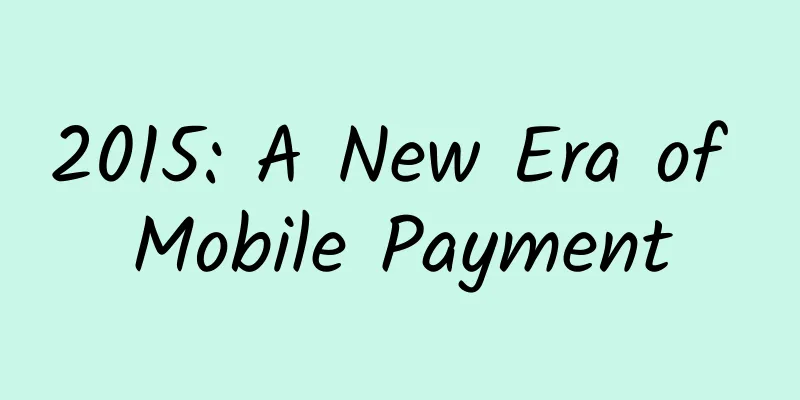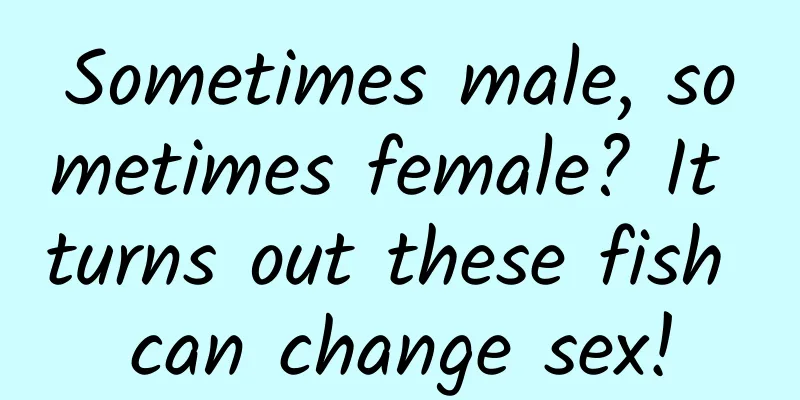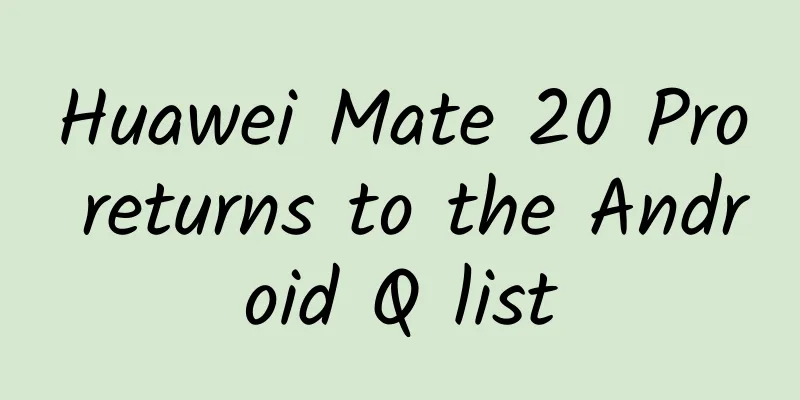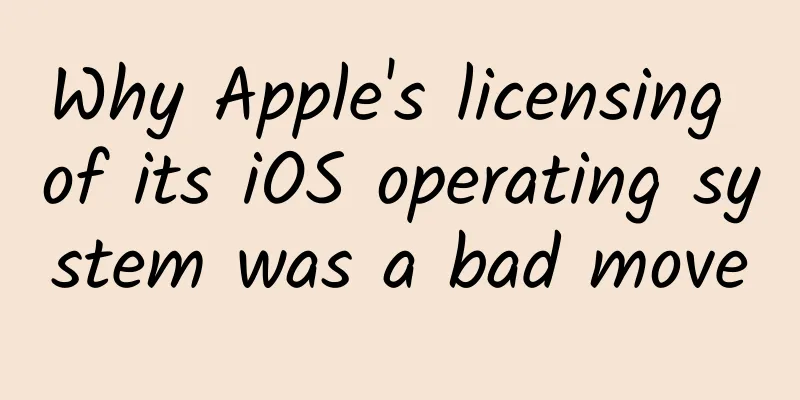2015: A New Era of Mobile Payment

|
On December 28, the American technology blog GigaOM wrote on Saturday that the spring of mobile payments is coming and 2015 will be the year of "university experiment" for mobile payments. In 2015, merchants will offer consumers a wide range of payment options, and consumers will be eager to try them all. Waving an iPhone 6 in front of an NFC sensor to complete a mobile payment is a form of entertainment. If your sister buys you a beer using Apple Pay, she will be excited to tell you about the experience. 2015 will be a year of experimentation in mobile payments, as high-tech companies try to replace the traditional card swipe system with new payment methods. In the United States, these experiments will have a chain reaction and change the foundations, rules and alliances of the payment industry. From Beacon to Mobile Payment Retailers have high hopes for Beacon technology, and 2015 will be the year when Beacon will be widely used. Beacon devices with Bluetooth function connected to the Internet, combined with mobile applications, will enable retailers to locate customers indoors and provide them with location-based product information. Beacon can also collect and analyze customers' in-store shopping information to achieve personalized product recommendations, just as Amazon is doing now. For example, if you are walking in front of the oral hygiene aisle, Beacon can detect your location and send a discount message on electronic toothbrushes to your phone. If you need to refill a prescription drug, the Beacon device in the drugstore will send you a reminder the moment you walk into the drugstore. If retailers use Beacon smartly, they will be able to drive sales growth and pave the way for mobile payments. Starbucks has already taken steps in this direction, and many retailers will follow. New payment methods Most shoppers with an iPhone 6 will try Apple Pay, but the experimentation won’t stop there. PayPal, Google Wallet, Alipay, Coin, Current C and dozens of other mobile payment technologies will be tested (or retested) in 2015. Stratos, an American company trying to develop a full-featured credit card, found that 30% of smartphone users in the United States used mobile payments to make purchases during the holidays. Consumers don’t necessarily find credit cards inconvenient to adopt new payment methods; they may simply be willing to try them out because they are “cool” or fashionable. Card-not-present and card-present transactions Visa and MasterCard are the creators of credit card payment rules. When consumers use credit cards to shop online, they need to pay higher fees. Now that consumers can use online payment in stores, this card not present transaction fee is facing questions. A customer who ordered a meal using the online ordering platform OpenTable asked: If the customer is in the restaurant now, he also needs to pay higher transaction fees? As the line between card-not-not-present and card-present transactions blurs, Visa and MasterCard must somehow address or eliminate the rate gap between them in 2015. Otherwise, they will face a serious challenge from the Merchant Customer Exchange (MCE) alliance. MCE, led by Walmart, is developing its own payment system, CurrentC, to fight back against Apple Pay, Visa and MasterCard. The CurrentC system could save retailers billions of dollars in transaction fees. Social payments will find a way to make money Twitter and Facebook are both preparing to launch their own payment services, and they will have to figure out how to monetize them in 2015. Initially, Twitter and Facebook Messenger will use peer-to-peer payments, but both companies must realize that the real challenge is serving merchants. They could take a "social commerce" approach, where people can complete transactions within brand pages, posts and tweets on social networking sites, rather than directing people to external sites. Like Visa and MasterCard, Facebook and Twitter could take a cut of each transaction. Social networking sites can shorten the time between consumers discovering a product and purchasing it, potentially increasing sales for merchants. This may eventually allow social networks to get a big piece of the e-commerce pie. Anything can happen in 2015. By the end of the year, we will see a more pronounced split between the pro-credit card camp and the anti-credit card camp, led by Visa and MasterCard, and the latter trying to overthrow the former's dominance in the payment industry. The current tension between Apple Pay (a member of the credit card camp) and CurrentC (a member of the anti-credit card camp) is just a prelude to what is to come. Individual merchants, payment technology companies, and social networks will all have to figure out their own direction. |
<<: [Recommended blog post] Real-time rendering of seawater on Unity3D mobile terminal
>>: "O" your head! A list of the dead O2O projects in 2014
Recommend
What are the functions of Lanzhou housekeeping service mini program? How much does it cost to develop a housekeeping WeChat mini program?
In modern society, people's pace of life is g...
Don't play with your phone as soon as you open your eyes! Don't!
You may have heard many people say "Don'...
How can brands use Xiaohongshu’s lucky draw to acquire customers at low cost?
Speaking of lotteries, I believe everyone is fami...
If you pick up a stone on the road, how do you tell if it is a meteorite?
The price of a good quality stone on Earth can be...
Shock! Is the "skin-beautifying" baby cream actually a devilish trap for your baby's health?
An incident previously exposed on the Internet ca...
China Mobile confirms it will reduce subsidies for purchasing phones and will mainly sell bare phones in the future
Xi Guohua, chairman of China Mobile, confirmed in...
Click~Da~Why does a ballpoint pen make two sounds when you press the button?
Audit expert: Cheng Jie Intermediate Mechanical E...
As online music competition intensifies, Baidu may be forced to withdraw
This is destined to be a turbulent year for the o...
Recommend 2 newly discovered treasure APPs, I really love them
The niche APP I shared with you last time was wel...
He trained a pair of "smart eagle eyes" in Hangzhou for the "moon run"
Image source: Hangzhou Release "Dad, when ca...
Italy urgently seeks help from China! Why ask for help? Attached is the latest number of confirmed cases in Italy
Italy is one of the countries most severely affec...
Building a secure phone: Is the Chinese government also going to join the smartphone war?
The Wall Street Journal published an article toda...
Zhihu, Toutiao, NetEase Cloud Music, 21 marketing details that still have dividends
As WeChat and Weibo operations become increasingl...
Android version split, where should developers go?
Recently, Google released a distribution chart of...









